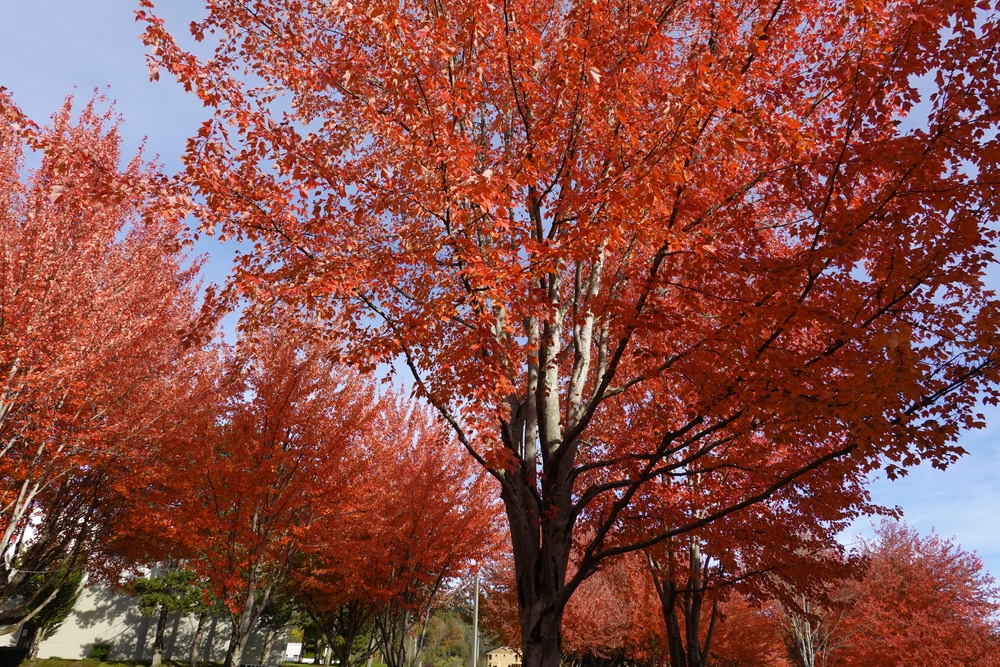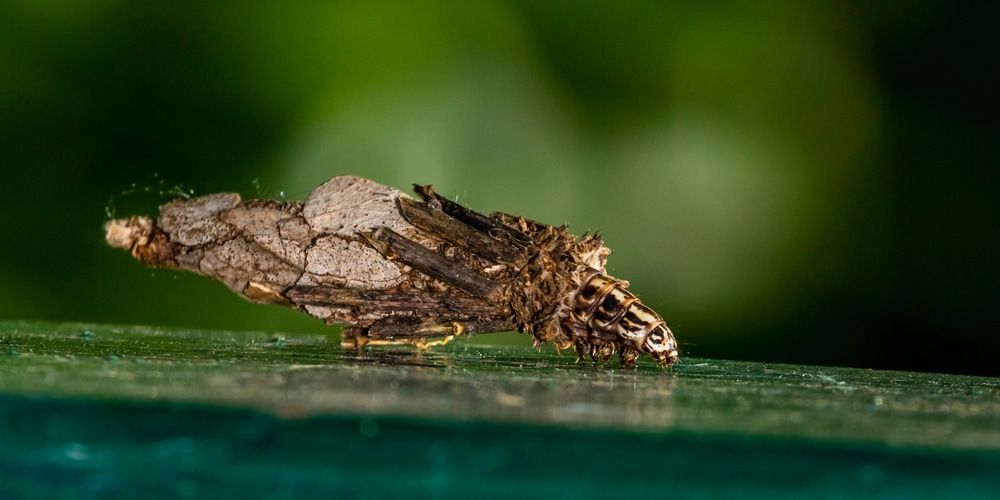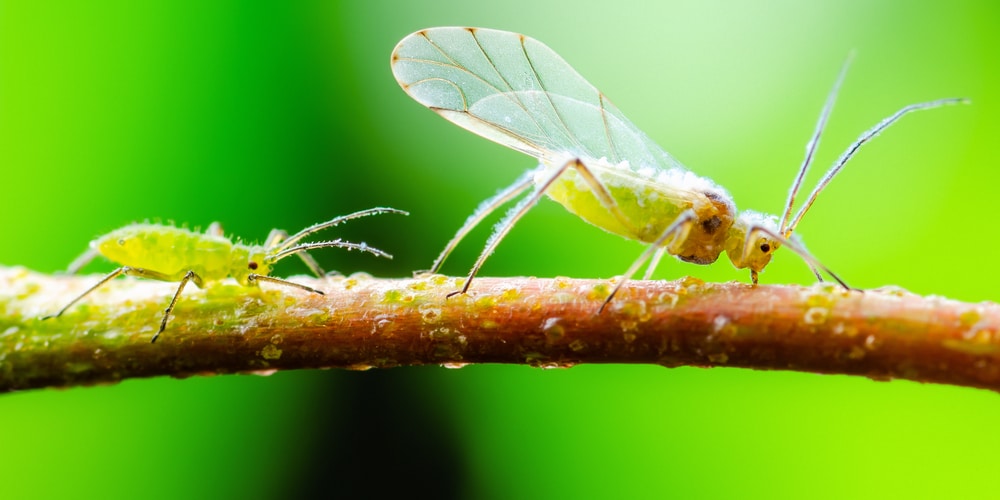While caring for maple trees, one critical factor is protecting them from insects that can cause extensive damage and threaten their health and longevity. Knowing what type of insects to look for, what the dangers are, and what visual signs to monitor is crucial. To keep your maple trees as healthy as possible, keep reading for a list of insects that attack maple trees.
Borers
Borers cause damage to maple trees by boring holes into them. The most apparent sign that borers are attacking a maple tree will be visible holes in the tree. Here are some of the species known to be borers of maple trees.
Carpenterworms
Carpenterworms are reddish-pink caterpillars that tunnel into hardwoods. Their larvae chew into the sapwood. Their damage causes scars, and long-term attacks can weaken trees. Their chewing also produces sawdust as they feed.
Twig Pruners
Twig pruners lay their eggs in holes they’ve bored into twigs and small branches. Once hatched, the larvae tunnel inside, chewing until the twigs or branches snap off.
Wood Leopard Moth
The caterpillar stage of the wood leopard moth is a white-orange color with spots all over its body. It causes damage by feeding under the bark of the tree.
Asain Longhorned Beetles
Asian Longhorned Beetles tunnel deep into the tree, causing damage to the structure of the tree and disrupting the flow of water and nutrients throughout the tree. They will usually be on the exterior of the tree.
Other Borers That Attack Maple Trees
Other borers that attack maple trees include:
- Maple Shoot Borer
- Maple Petiole Borer
- Metallic Wood Borers
Leaf Feeders
Leaf feeders are of particular danger to saplings and young maples. Leaves with chewed edges or holes clearly show a leaf feeder. Here are some leaf feeders known to attack maple trees.
Greenstriped Mapleworm
The greenstriped mapleworm is a light green caterpillar with black stripes along its body, red markings on either end and two horns near its head. They feed in groups on the undersides of leaves, spreading out to their own leaves as they mature.
Fall Cankerworm
The fall cankerworm is also on the list of insects that attack maple trees. A caterpillar that varies in shade from yellow to green, with stripes or one dark stripe, the fall cankerworm chews holes in young leaves at the branch tips. Larger fall cankerworms eat the entire leaf leaving only the midrib and major veins.
Bagworm
Bagworms are often overlooked because their silk bags allow them to cover themselves in leaves from the host tree, so they often appear as plant matter. Bagworm infestations can strip trees of their leaves, causing them to die.
Sap Feeders
It should be no surprise that the sap of maple trees is a draw for many insects. Sap feeders often produce a sticky, sweet honeydew that can coat the tree and then becomes covered in mold. Here are some sap feeders to look out for.
Giant Bark Aphid
The largest aphid in North America, their honeydew drips onto objects below. Infestations of feeding giant bark aphids can damage and kill twigs.
Woolly Alder Aphid
Easy to spot, the woolly alder aphid forms fuzzy white colonies. Their honeydew deposits attract wasps, flies, and bees and is responsible for the growth of sooty mold fungus.
Calico Scale
Calico scales are small white and dark brown scales that produce large amounts of honeydew, potentially covering twigs, branches, and leaves with sooty mold. They can significantly weaken trees and make them susceptible to drought.
Other Sap Feeders
Other insects that feed on maple sap include:
- Potato Leafhopper
- Oystershell Scale
- Gloomy Scale
- Cottony Maple Scale
- Cottony Cushion Scale
- Cottony Camellia Scale
Keeping Maple Trees Safe from Insects That Attack
Various types of maple trees attract different insect attackers. With some research, you will have the information you need to know the insects that attack maple trees and how to prevent it, recognize, and treat an infestation, which can help your maple trees stay healthy for years to come.


